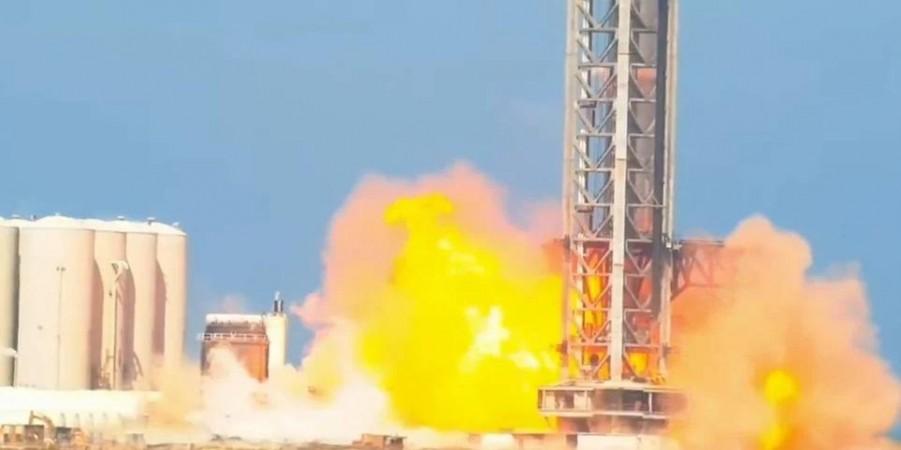Elon Musk's next-generation Starship spacecraft that was launched into space on Thursday exploded after its lift-off. Touted to be one of the crucial tests for Starship, the mishap is expected to negatively impact Musk's goal to take humans to the moon and beyond.
The Starship had exploded within four minutes just after it lifted off from the launch site in Boca Chica, Texas. According to SpaceX, the rocket was not able to separate from its super heavy booster and it resulted in a "rapid unscheduled disassembly."

Even though an unexpected explosion took place, the company has not released further details about the mishap. Musk tweeted that the next test launch will take place "in a few months."
SpaceX Starship is taller than the Saturn V and is more powerful than any other human-crewed spacecraft. SpaceX promises to reduce cost and it is modelled to be fully reusable.
Shortly after the explosion, SpaceX suggested that this will provide valuable information for its operations in the future, and even the blast could be considered a success.
"I would like to just set expectations. We get far enough away from the launchpad before something goes wrong, and then I think I would consider that to be a success. Just don't blow up the launchpad," said Musk during an audio discussion on Twitter on April 16.
It should be noted that SpaceX had scrubbed its initial plans to launch the Starship rocket system on April 17 and it was called off 10 minutes before the scheduled take-off, due to issues with the booster stage's pressurisation system.
On April 17, Musk tweeted that he had a strong feeling that the launch may get delayed by three days.
"Congrats @SpaceX team on an exciting test launch of Starship! Learned a lot for next test launch," tweeted Musk after the failed launch.
The rocket lifted off from the Starbase facility at approximately 8.33.a.m, local time and climbed to a peak altitude of 39 kilometers (24 miles) over the Gulf of Mexico, not far from Boca Chica. At roughly four minutes, the Starship launch system exploded at 29 kilometers.














